|
People love to send me films and I have been sent this one quite a few times over the last few weeks. 'Rang Tan' is an educational film made by Greenpeace to educate people about the destruction of the rainforests due to human intrusion, primarily from the Palm Oil manufacturers. These resources are adapted from the great resources that were developed by Greenpeace on the subject. The originals can be found here When using this film with a group of Y4 children this week to tie into their Rainforests topic we began by finding out lots about Orangutans. We began by watching this short film from YouTube. The children then created information sheets about Orangutans using the templates below. The objectives of the lesson here were twofold, the children practise their reading skills in order to find the information but also to improve their knowledge of Orangutans in order to write about them in the following lesson. Before reading, we discussed and contextualised the tricky words from the image below. Click here to download the resourcesIn the next session we watched the 'Rang Tan' video voiced by Emma Thompson and discussed the dual narrative and the story it told. The children followed the text and read along. There are opportunities here for performance, the children could choose a section to perform dramatically. Following the reading sessions, we then decided that we would write letters to the Prime Minister in protest against palm oil products in the UK. This began with a discussion about persuasion. We decided that we should describe the beauty of the Orangutan as in the model below. This would act as a persuasive device as people are more likely to protest for something if they have a relationship with them.
30 Comments
Ask a teacher to name a book about WW2 and they can usually throw around the names of quite a few. ‘The Silver Sword’ (classic one), ‘Good Night Mr. Tom’ (Heart-warming one), ‘Boy in the Striped Pyjamas’ (shocking one) and ‘Once’ (graphic one). Ask though, which of these books describes the setting of a bomb crater the best and less books may be suggested.
It is imperative though, that teachers have a good working knowledge of the texts, the language used and the structures in order to weave them skilfully into English lessons. For this to happen, a wide range of texts need to have been read by the teacher or teachers so that they can recall features, concepts and even sentences which they can use with their students as model texts. Take the examples below, each of them is from a different text but each of them describes a forest. It doesn’t really matter what genre the children are writing; a good description can be utilised across a range of writing episodes. In a hypothetical classroom, somewhere around Year 5 or Year 6, a child is writing about ‘waiting in a forest ready to go into battle during WW2’ based on a picture, film or other stimulus that the teacher has provided. If the class teacher wants to show them a model, they generally have two options – try and find a book where the exact same scenario is occurring (this may not even exist) or write their own model. (Some teachers find difficult). However, much of the language used in the extracts below would be useful, as would some of the sentence structures and techniques such as building atmosphere or using similes. None of the books below are about World War 2 or are from battle scenes though. With some slight adjustments they can be adapted to work for any narrative which needs a description of a forest. The Wizards of Once Perhaps you feel that you know what a dark forest looks like. Well, I can tell you right now that you don’t. These were forests darker than you would believe possible, darker than inkspots, darker than midnight, darker than space itself, and as twisted and as tangled as a Witch’s heart. They were what is now known as wildwoods, and they stretched as far in every direction as you can possibly imagine, only stopping when they reached a sea. Cowell, Cressida. The Wizards of Once: Book 1 (Kindle Locations 32-35). Hachette Children's Group. Kindle Edition. In this description the teacher can discuss how Cowell has directly addressed the reader, used rhetorical devices and repeated the word darker and how this effects the audience. The Dreamsnatcher Tanglefern Forest was vast, with some trees so old and tangled that few had passed beneath their branches. But there were places you went and places you didn’t. The Ancientwood in the north of the forest was safe: there was the glade of brilliant spring bluebells and yews beyond Oak’s camp, then a grove of crab-apple trees, and beyond that, after the forest, the farm itself and Tipplebury village. But south . . . Well, south was another place altogether. So she’d heard. The Deepwood was rumoured to be full of shady trees and rotting undergrowth and, when it ended, the heathland, with it sinking bogs and soggy marshes, began. Elphinstone, Abi. The Dreamsnatcher (Dreamsnatcher 1) (pp. 9-10). Simon & Schuster UK. Kindle Edition. I like in this extract how Elphinstone paints a positive picture of the forest in the North but then lets the reader imagine what the forest to the South is like. Think back to the scenario of world war 2. The soldier is in the forest and using Elphinstone’s technique, they could say something like: ‘The North side of the barbed wire was safe. The animals went about their daily business, birds were in the trees feeding worms to their chicks, fox cubs frolicked in the long grass of the clearing and a few of us managed to take off our boots and clean ourselves in the babbling brook. But on the other side of the barbed wire? Well that was another place altogether, from what he had heard it was worse than hell, a mud filled hell…’ The Lie Tree Faith walked through a midnight forest. The trees were pure white, and rose high above her head, disappearing into a blue-black darkness. There was no wind, and yet the snow-white leaves shivered and whispered. She raised one hand to push aside low-hanging foliage, and felt her fingertips brush paper. The trees were flat and pale. The ragged-torn ferns stroked the skin of her hands, paper-cutting her, slyly cruel. She was not alone. Hardinge, Frances. The Lie Tree (pp. 234-235). Pan Macmillan. Kindle Edition. The colours that Hardinge uses here are interesting and the last line. 'She was not alone' could be utilised in the scenario above to describe the soldier as well as in many other narrative scenarios. The Spell Thief (Little Legends Book 1) The air in the dark woods was thick and damp. Anansi stopped in front of a fallen tree. The roots rose above him like huge dead claws. Percival, Tom. The Spell Thief (Little Legends Book 1) (pp. 41-42). Pan Macmillan. Kindle Edition. This is a great example of simile, but it is from a book that most teachers would use with Year 3 and Year 4. Having a knowledge of books from other year groups and other key stages, including books for adults is also useful. I am working on collecting some texts around a number of themes like these which I will continue to blog and discuss in my CPD sessions. I am currently updating my CPD courses and the range which I offer for the next academic year so keep your eyes peeled for updates here www.literacyshed.com/cpd
Click the book covers for more information about each
VIPERS displays have been requested by a number of people. Click on an image to select a set of A4 printable posters. Remember - KS1 = Sequence, KS2 = Summarise Find VIPERS novel studies, comprehensions and Film VIPERS comprehensions on www.literacyshedplus.com
I have been thinking about and researching how to improve comprehension skills using a range of high quality texts, images, picture books and of course film. After a number of sessions with children in schools using the new content domains, which can be found on the gov.uk website, I found that all of the key comprehension skills were being covered through the domains. As some of you who follow this blog will know, I like a mnemonic. So I set about thinking about a mnemonic that could be used by teachers, other adults who read with children and also the children themselves. My first attempt - MR SIP TEA was not the catchiest so we have come up with Reading Vipers. Vipers cover the key comprehension skills in line with the 'new' content domains.
At Literacy Shed the minions are now busy making a whole host of resources that will link to Reading Vipers. There are now 30+ Film VIPERS on www.literacyshedplus.com We are also creating a range of comprehension materials based on extracts from classic texts such as Black Beauty, The Time Machine, Robinson Crusoe and many more which will soon be available here. www.literacyshedplus.com Until then you can download The Time Machine sample (as seen below) by clicking here. = Visual VipersThe same key viper skills can be rehearsed effectively using single images or picture books. Take a look at this example using the picture book 'Return' by Aaron Becker.
FILM VIPERSThere are over 30 sets of VIPERS questions for the Literacy Shed films now on www.literacyshedplus.com The question stem documents can be downloaded by click on the relevant image below. As always comments are welcome! Click the text below for further reading. Further Reading: Applying VIPERSIf you and I were to read a description of a setting or a character in a book then we would both come up with a different image in our heads. If I asked you to write a description then it would be that image in your head which you then transfer to the page. As adults, with a wide ranging life experience, it is relatively easy to form an image in our heads. This image may be based on real life experiences or virtual experiences from film or other images we have seen.
|
Archives
July 2020
Categories
All
|
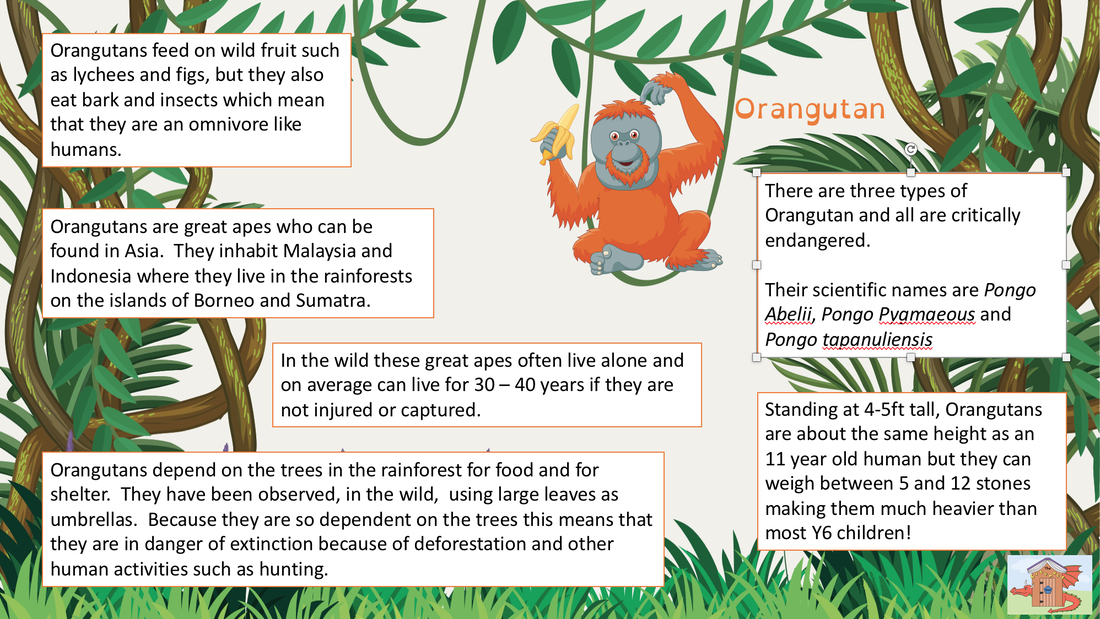
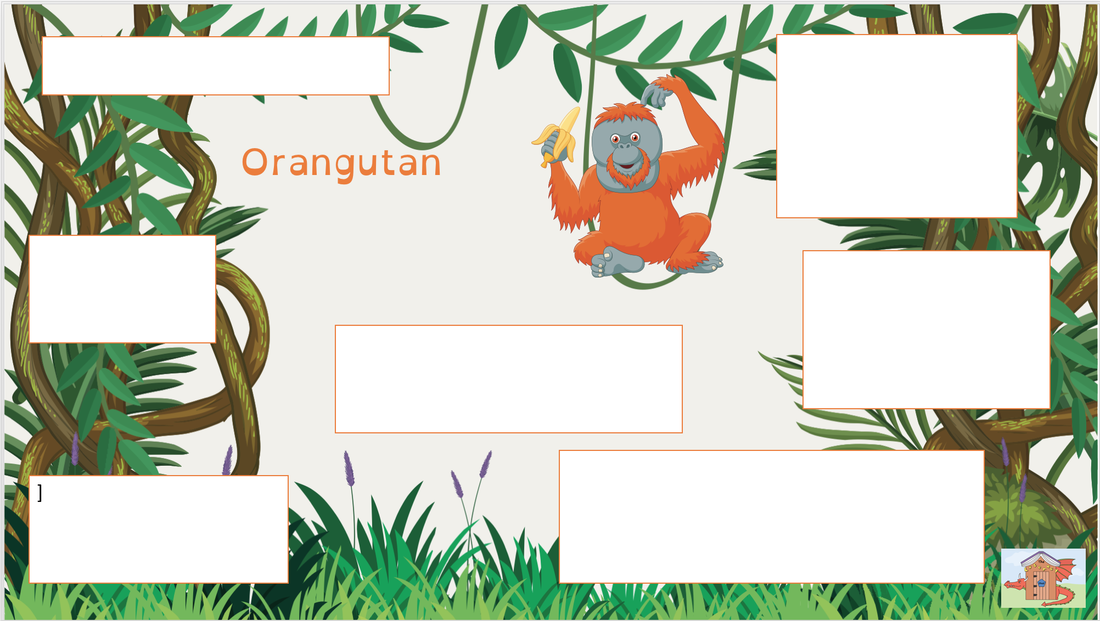
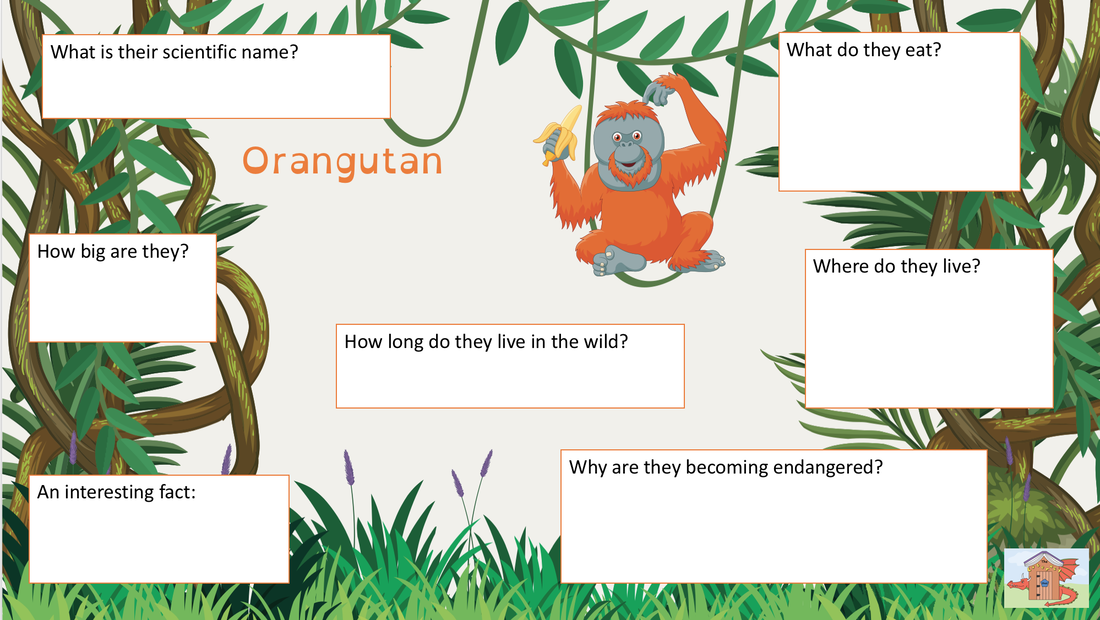
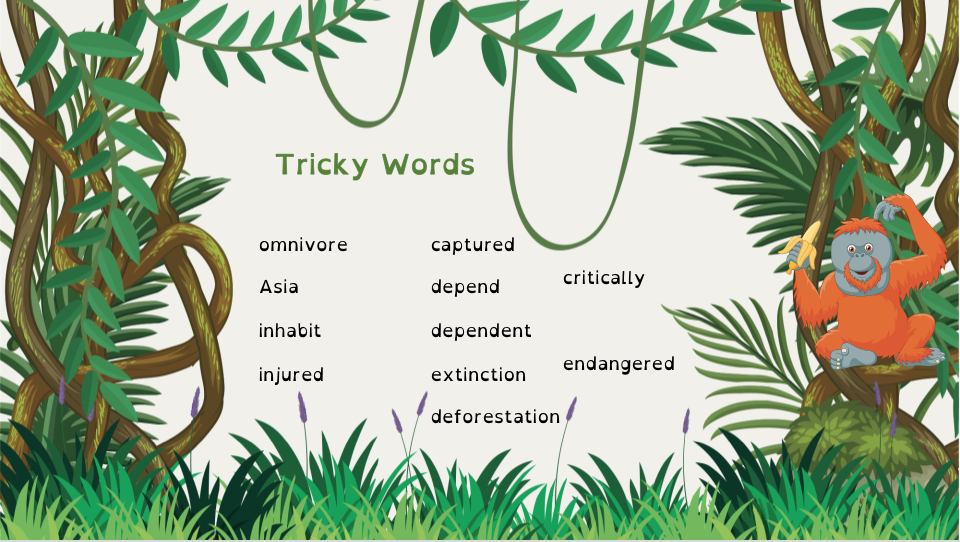
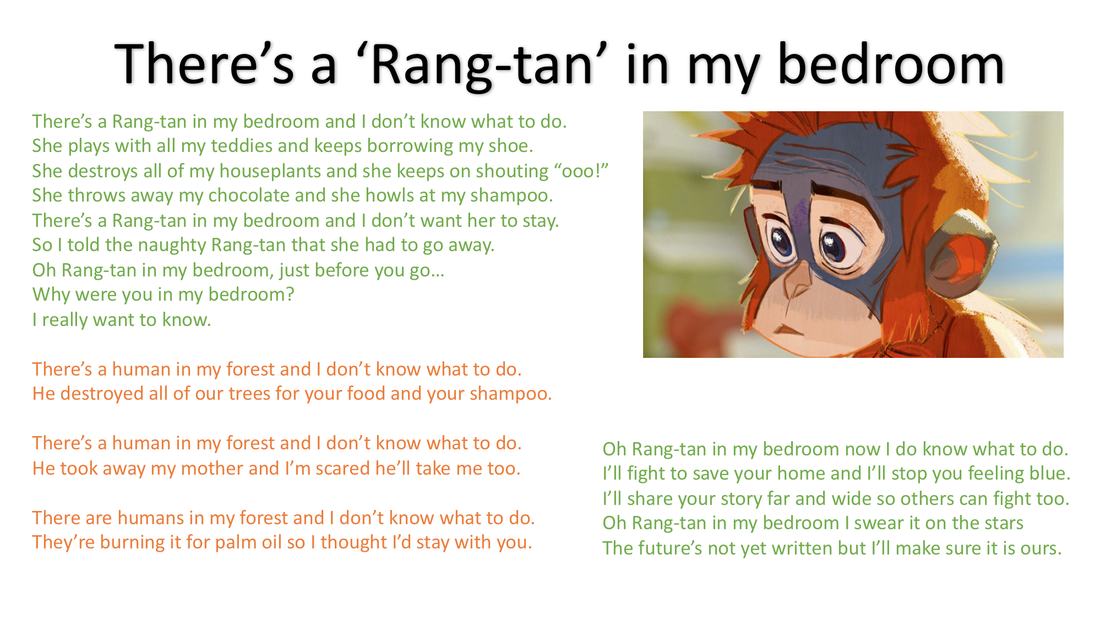

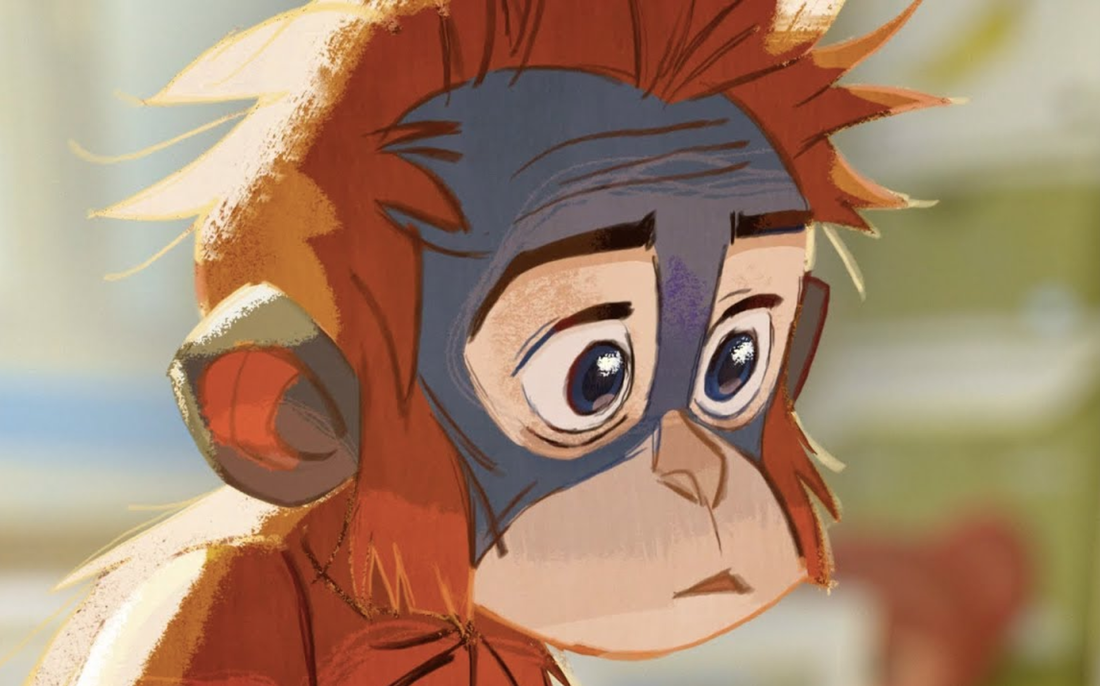




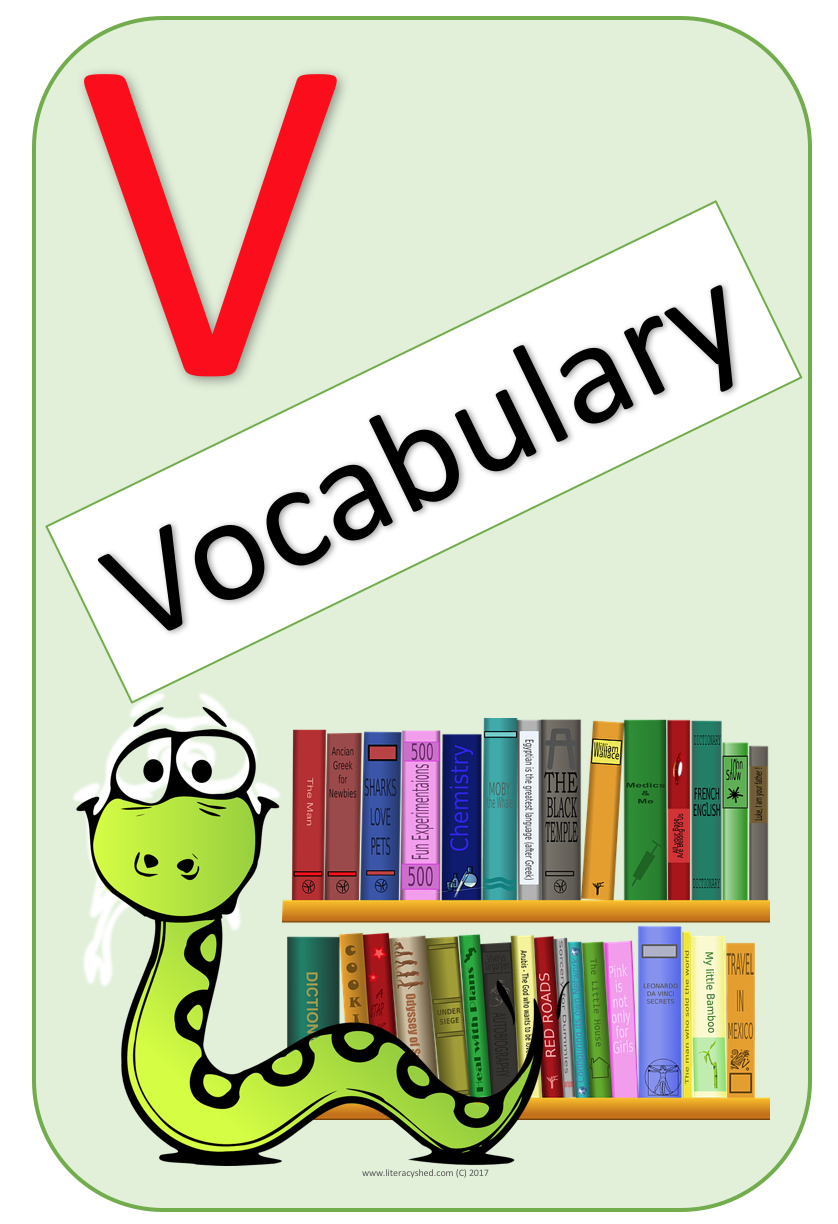
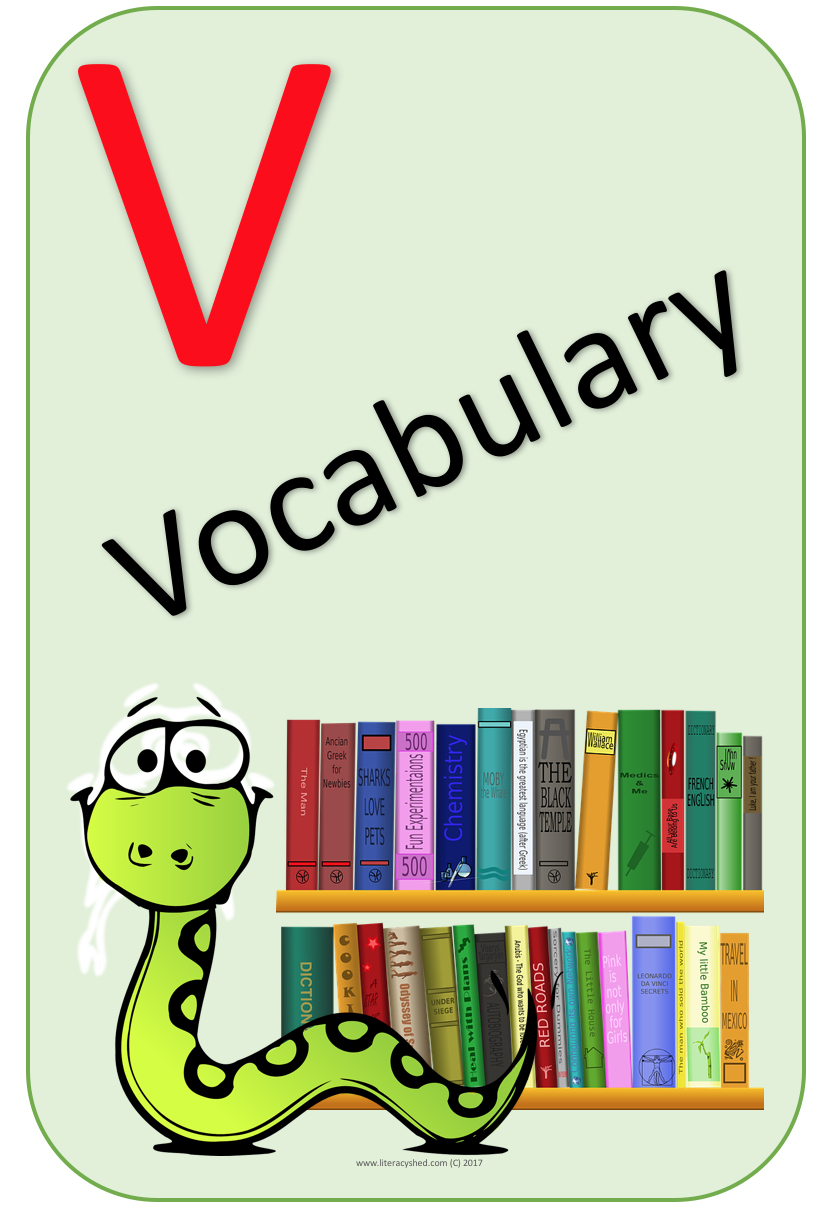
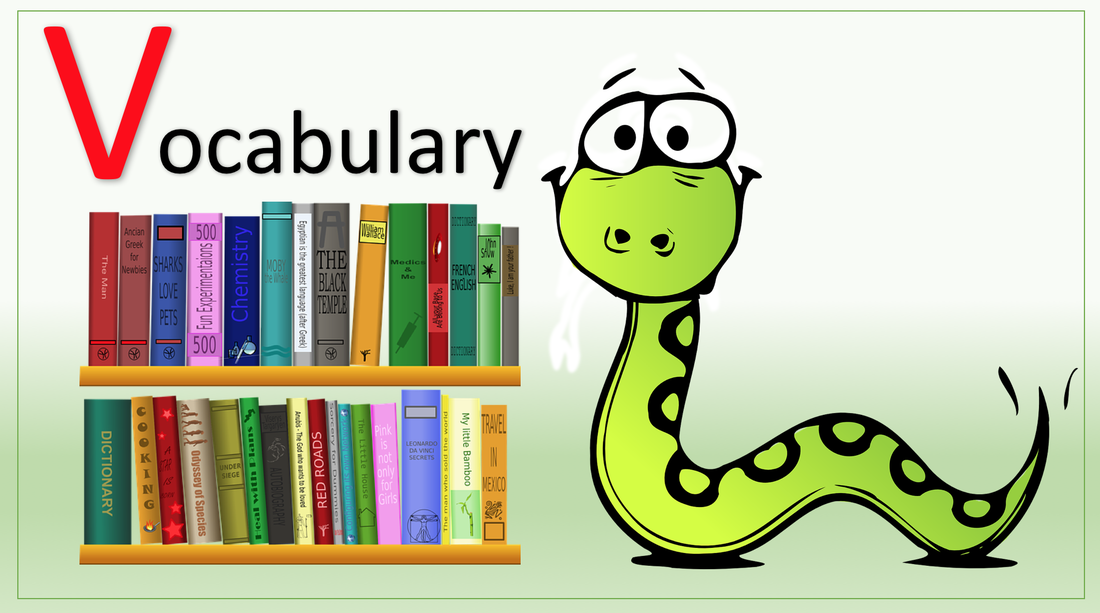
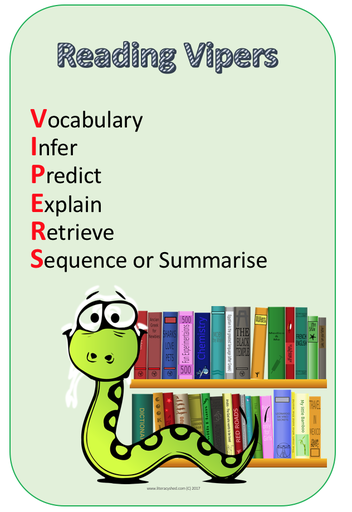
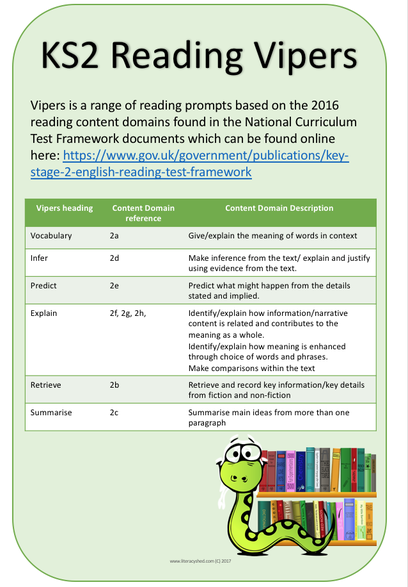
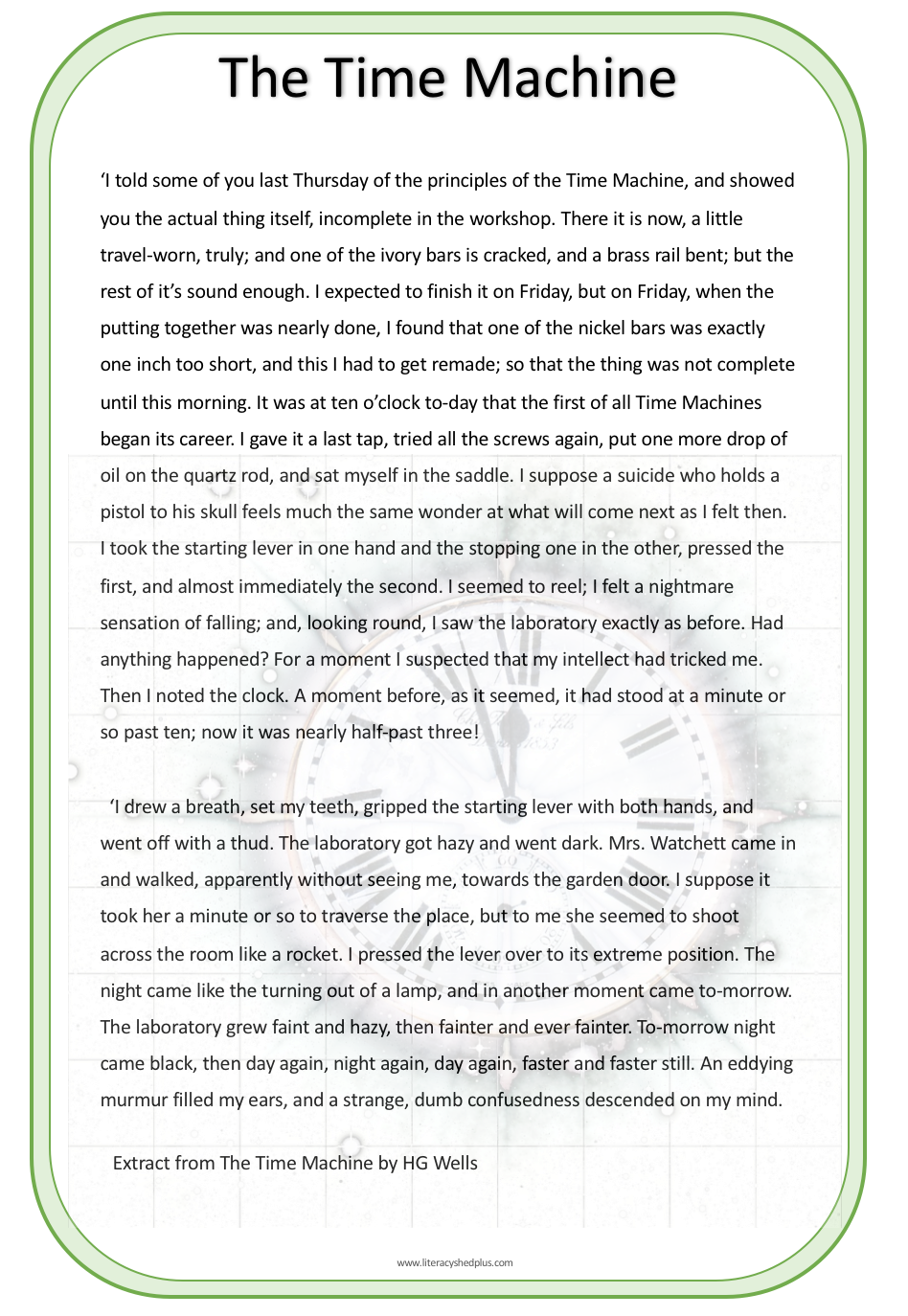

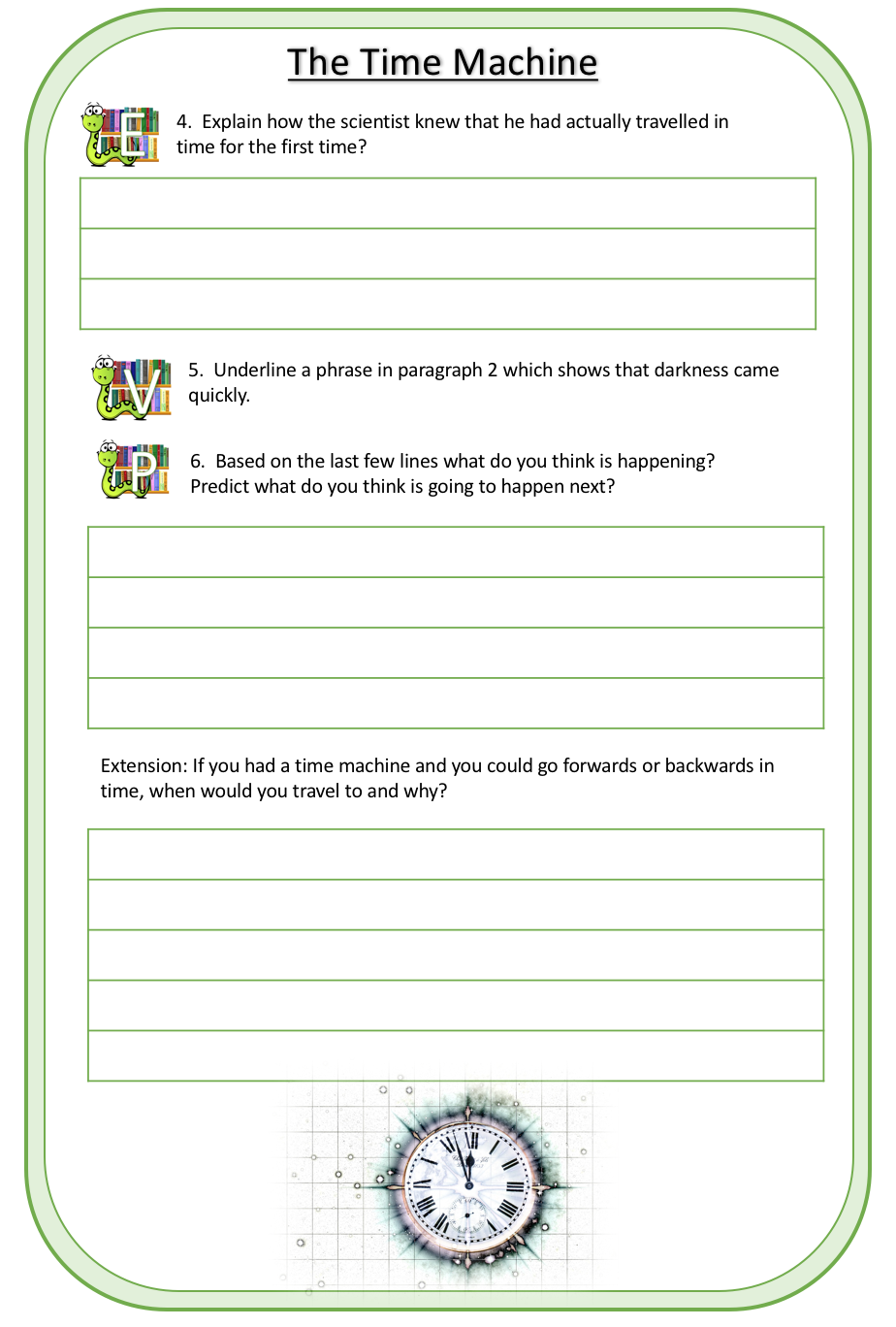
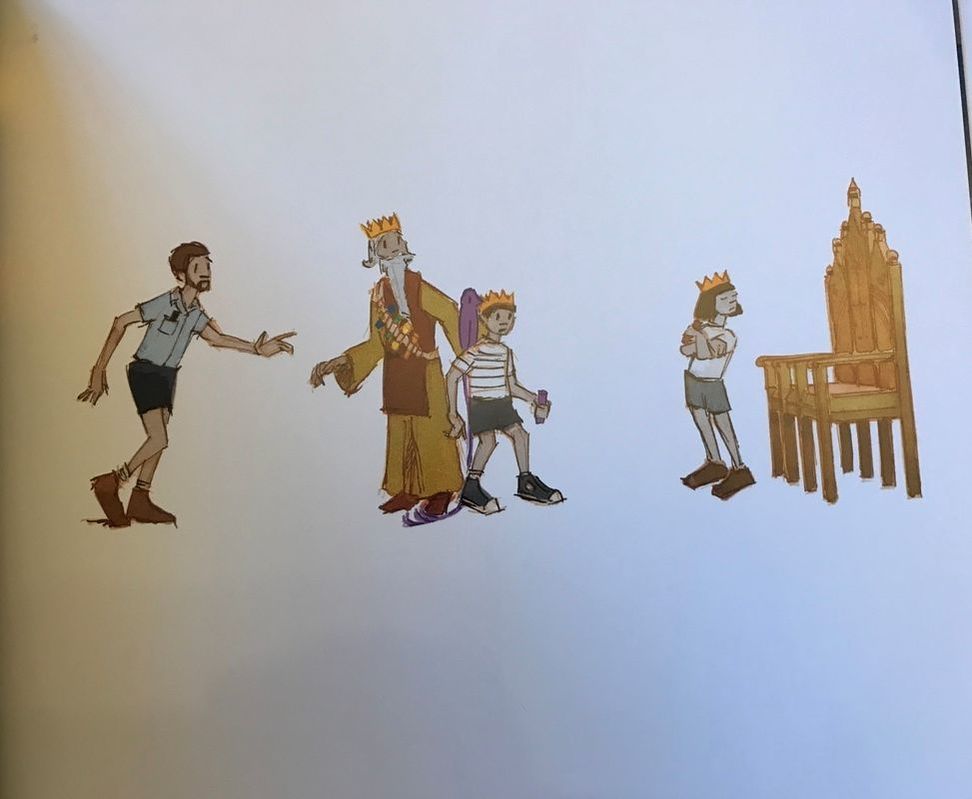
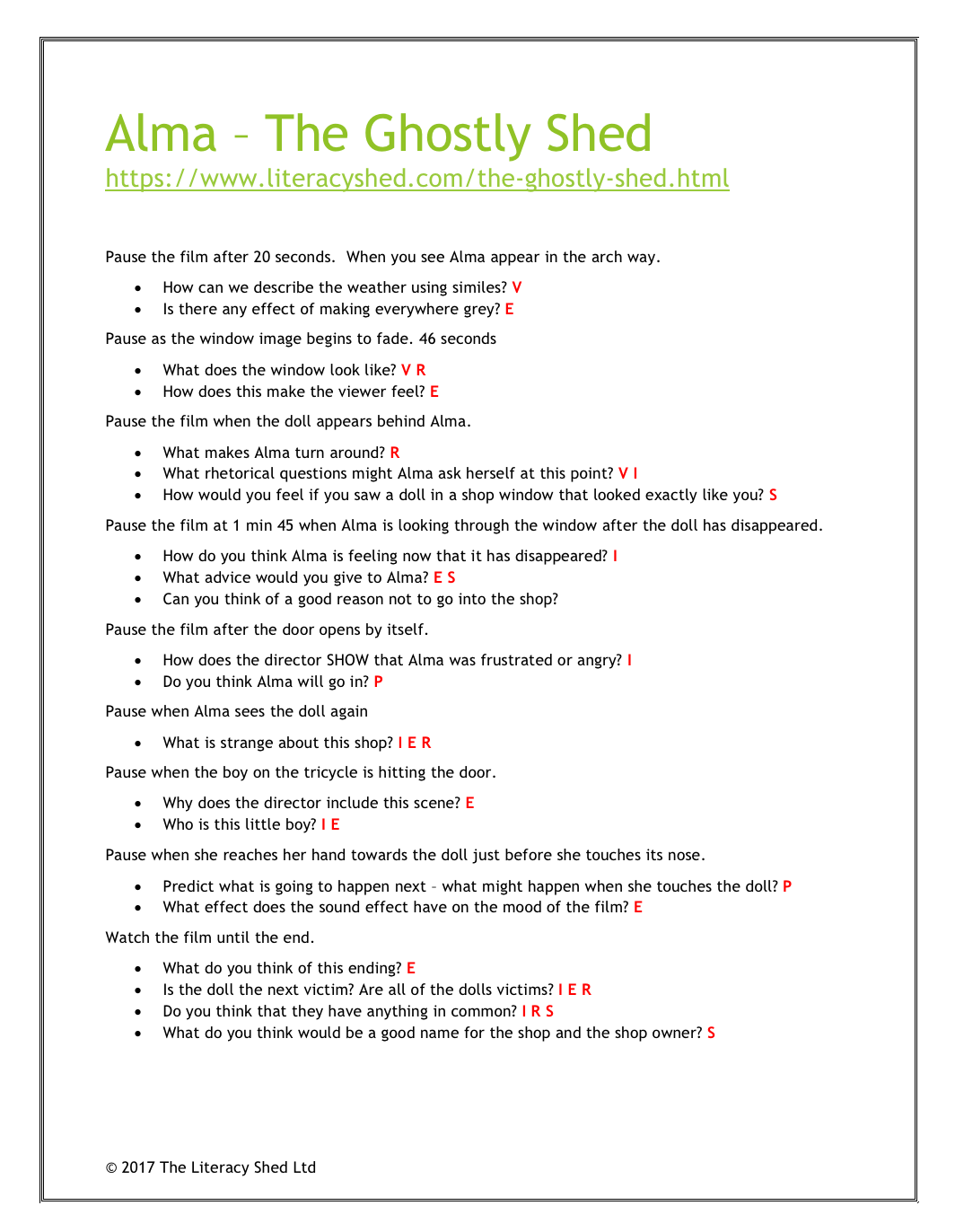
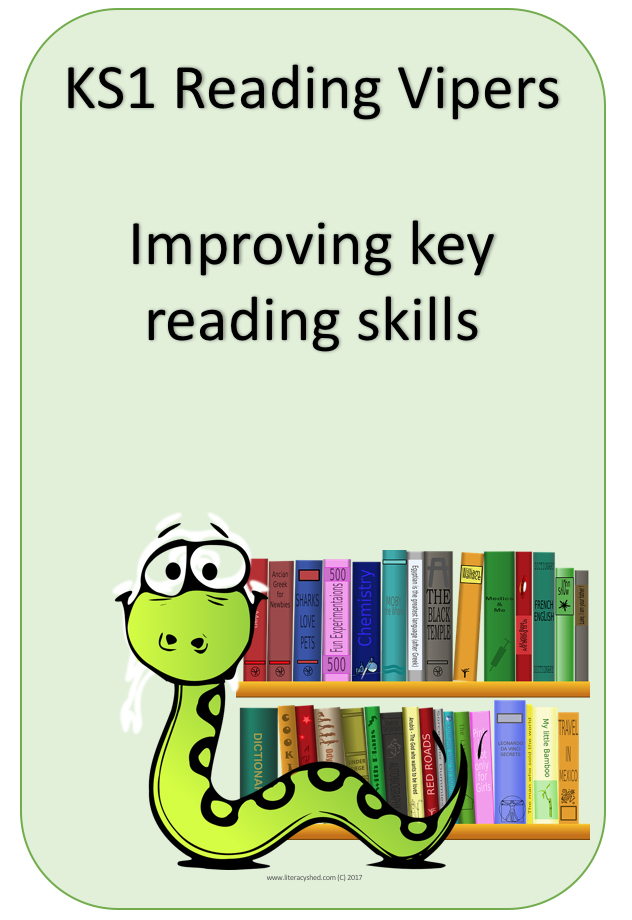
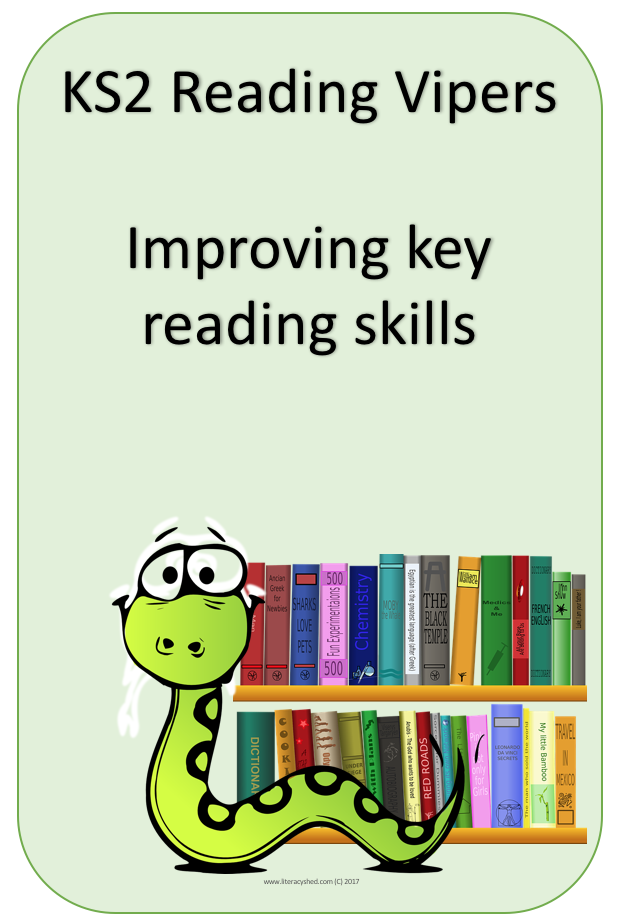
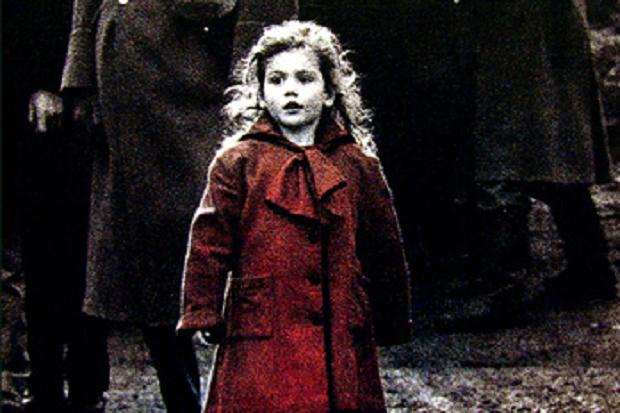
 RSS Feed
RSS Feed
